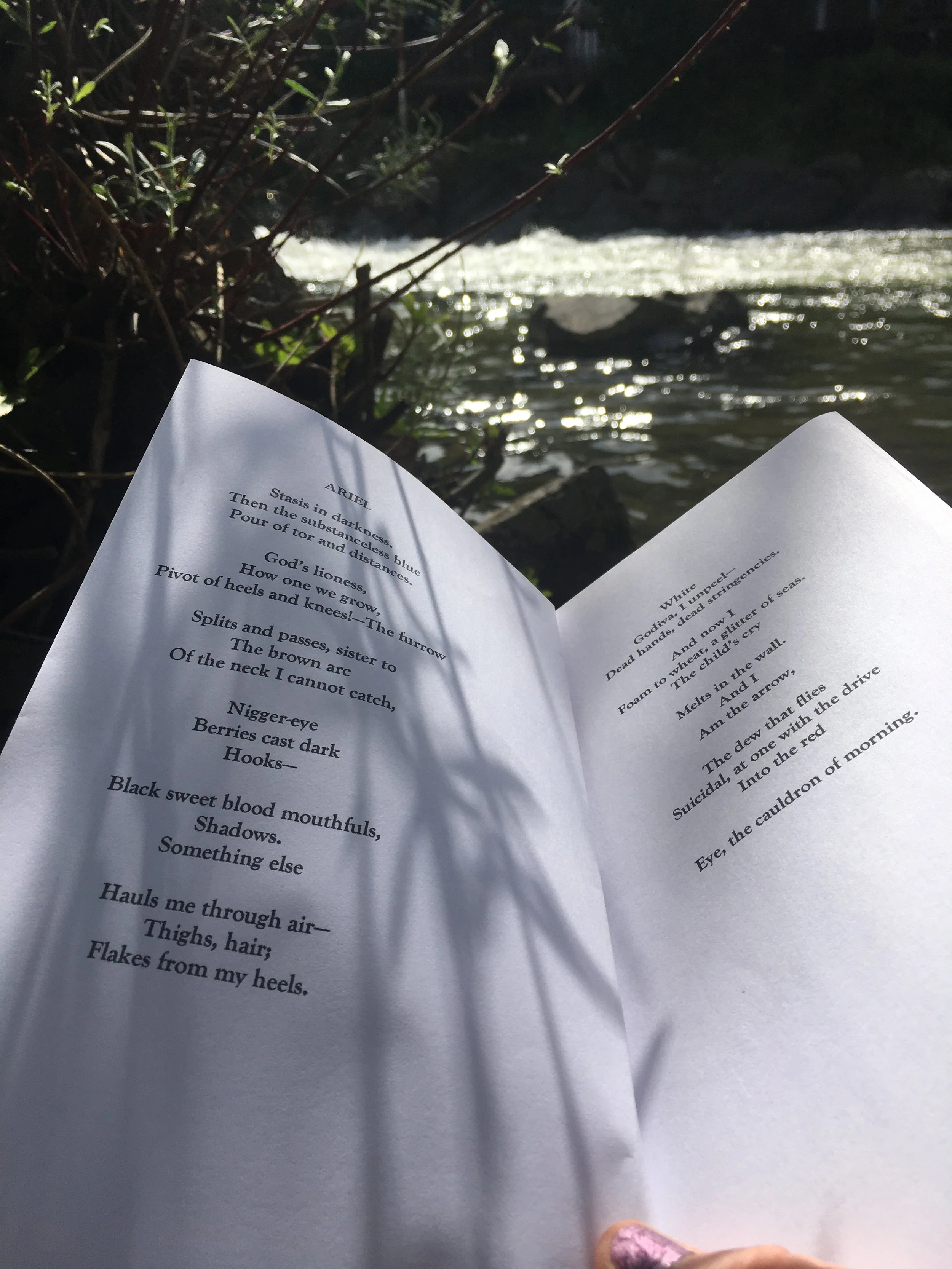On Gestures, and a Sense of Direction
/Dear Writers, carriers of story, crafters of words, metaphorical creatures, wild ones,
I hope you’re doing well wherever you are. And I hope that your imagination, your passion to tell the story, is providing you with direction, and nourishment in these unclear times.
One thing I’m sure of is that natural storyteller will be finding its way out, whether you realise it or not. If you’re at your desk writing, it’s there, processing emotions and energy trapped in the nervous system by telling tales. And if you’re not writing, it’s doing what it needs to do via conversations, dreams, and in a myriad other ways.
It won’t be stopped, and sometimes, or often, some or many of us just decide to get out a piece of paper and let it all fall there. The best thing then is to get out of the way, and allow it to do its thing, because it does it very well.
Here in France, this summer, I have fewer external markers of time and success. Most years, around now, I begin a tour of teaching at festivals and writer’s summer schools. Not his year. For me personally, this is fine. Writing gives me satisfaction and direction, and I enjoy its lightness- that it only requires access to a quiet space, and a computer or pen and paper.
On Describing Characters….
Last week I was talking to a writer about the animal that lies hidden in plain sight within each of us. Their question about that was – how can a focus on our animal nature help writing? Doesn’t it make us less unique and interesting?
My response was this… When describing characters - either fictional or real people - we’re looking to set up for the reader/listener a set of symbols, a shorthand, that represent the physical, emotional, psychological world of the character.
We have to use symbols that they know and understand, on an embodied level. The receiver of the story can only hold so much in their mind, so we try and make it easy for them. The skill of being a good writer is in how effectively we do this.
I’m fascinated by gestures, and their evolutionary origins. Think about how a human animal responds to any stimulus positive or negative, coming from the environment. Their system activates, the face goes pale as blood goes to the limbs, finger and toes may twitch, eyes dart around, and the head turns to look for signs of threat or opportunity in the environment.
And then think about what happens when that stimulus leaves… colour comes back into the face, and all those small movements calm.
Assigning your characters unique movements for times of hope or fear can show the reader the inner landscape of that person, in a precise way.
During this time of the coronavirus, there’s been much talk about avoiding touching our faces. But that’s very, very hard to do. Stroking and pushing on certain pressure points on the face is something that all human beings do to activate the parasympathetic nervous system, and calm ourselves down. Now there’s a useful mannerism for a character….
There are many, many other examples of small movements, gestures, and mannerisms that can speak volumes about a character. Strangely perhaps, the best way to communicate uniqueness is via that which is not at all unique, and which connects us with the whole of nature.
Wishing you all an abundance of words this month.
This is the lead article from the June Newsletter. If you’d like to receive the writing prompt that accompanies this article, sign up on the website homepage, for the Monthly Newsletter.
I’d be delighted to hear about your experiences . You can comment below, write in the Facebook group, or contact me privately via bridgetholding@wildwords.org
Thank you Peter Reid for the photograph.












Winter Solstice Competition Runner-up: Hannah Ray, with You Were Born in a Pandemic